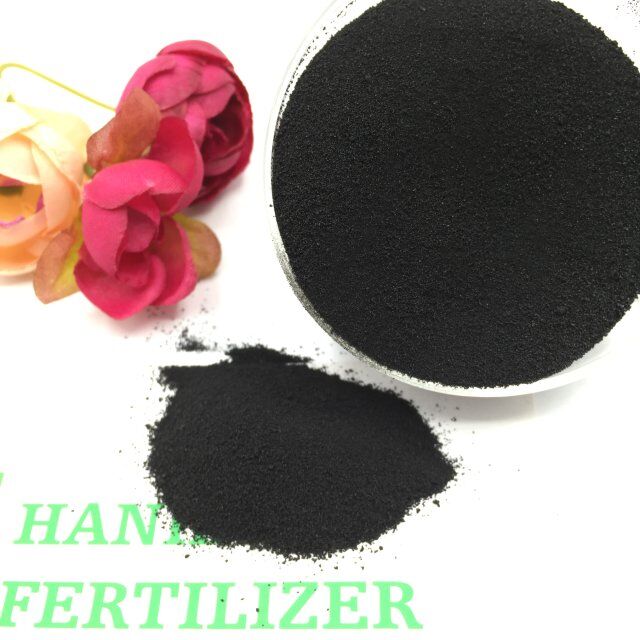
सितम्बर . 28, 2024 11:32 Back to list
npk 13.00 45
Understanding NPK Fertilizers The Case of NPK 13-00-45
In modern agriculture, the efficient use of fertilizers is essential for maximizing crop yield and ensuring sustainable farming practices. Among the various types of fertilizers available, NPK fertilizers are among the most widely used due to their balanced nutrient composition. The term NPK refers to the three essential nutrients that play a crucial role in plant growth nitrogen (N), phosphorus (P), and potassium (K). Each of these nutrients serves a specific function, and their balanced application is key to healthy plant development.
What is NPK 13-00-45?
One specific formulation of NPK fertilizer is NPK 13-00-45. The numbers in this name refer to the percentage of each nutrient contained in the fertilizer. In this case, 13 indicates that the fertilizer contains 13% nitrogen, 00 means that there is no phosphorus present, and 45 signifies that it contains 45% potassium. This particular combination is particularly beneficial for certain types of crops that require high potassium levels to thrive.
Understanding NPK Fertilizers The Case of NPK 13-00-45
1. Nitrogen (N) Nitrogen is vital for plant growth as it is a key component of amino acids, the building blocks of proteins. It plays a significant role in photosynthesis, promoting lush foliage and overall plant vigor. Although NPK 13-00-45 has a lower nitrogen content compared to some other fertilizers, it can still support crops that are not nitrogen-sensitive.
npk 13.00 45

2. Phosphorus (P) Phosphorus is essential for root development and flower and fruit production. It aids in energy transfer within the plant. However, in NPK 13-00-45, phosphorus is absent, making it unsuitable for crops that require significant levels of this nutrient, especially during early growth stages.
3. Potassium (K) Potassium is crucial for overall plant health. It helps regulate various physiological processes, such as water uptake, enzyme activation, and photosynthesis. The high potassium content in NPK 13-00-45 makes it particularly effective for promoting fruit quality and enhancing the plant's resistance to diseases and environmental stress.
Best Usage Practices
NPK 13-00-45 is particularly advantageous for crops that have already established a strong root system and require a boost in potassium. It is often used during the flowering and fruiting stages of crops like potatoes, tomatoes, and certain types of fruits. Farmers should apply it according to soil tests and specific crop needs to avoid nutrient imbalances.
Conclusion
In summary, NPK 13-00-45 is a powerful fertilizer formulation that provides a unique blend of nitrogen and potassium, with an absence of phosphorus. This combination makes it most suitable for specific agricultural scenarios, particularly for crops that benefit from high potassium levels. Understanding the specific needs of crops and applying the right fertilizer at the right time is crucial for sustainable agricultural practices and maximizing yield. As the agricultural industry continues to evolve, knowledge of fertilizers like NPK 13-00-45 remains invaluable for informed decision-making in crop management.
-
10 10 10 Fertilizer Organic—Balanced NPK for All Plants
NewsJul.30,2025
-
Premium 10 10 10 Fertilizer Organic for Balanced Plant Growth
NewsJul.29,2025
-
Premium 10 10 10 Fertilizer Organic for Balanced Plant Growth
NewsJul.29,2025
-
Premium 10 10 10 Fertilizer Organic for Balanced Plant Growth
NewsJul.29,2025
-
50 Pound Bags of 13-13-13 Fertilizer for All Plants – Bulk & Organic Options
NewsJul.28,2025
-
High-Efficiency 15-30-15 Granular Fertilizer for Healthy Crops
NewsJul.28,2025
